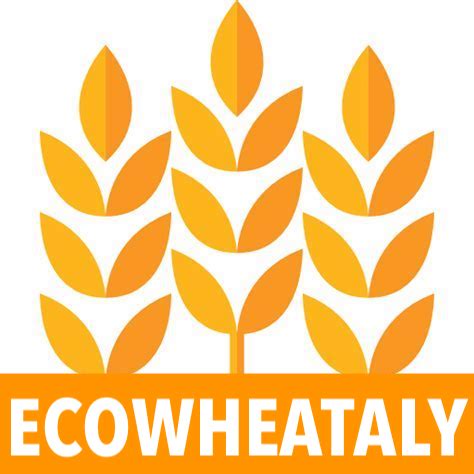Water is a key resource for agricultural production, and wheat-while a relatively drought-resistant crop compared to others-requires significant amounts of water at critical times in its biological cycle. In a context of increasing water scarcity due to climate change and over-exploitation of aquifers, optimizing water use in cereal farming has become not only desirable but necessary.
In traditional agricultural systems, especially in arid or semi-arid areas, irrigation practice is often inefficient: water is overdistributed without regard to the real water needs of plants or the hydrological characteristics of soils. Globally, it is estimated that more than 60 percent of the water used to irrigate grain is lost through evaporation, drainage or surface run-off (FAO, 2020). This results not only in enormous waste, but also exacerbates pressure on local water resources.
One of the most promising solutions to reduce such inefficiencies is precision irrigation. Thanks to technologies such as soil sensors, drones, and predictive models, it is now possible to provide plants with only the water they need, at the right time, and in the right place, dramatically reducing waste. According to the International Water Management Institute, these techniques can improve water efficiency by up to 40 percent in irrigated wheat fields (IWMI, 2021).
Another important strategy, especially in Mediterranean and Central Asian areas, is to grow wheat in dryland, that is, without artificial irrigation. This approach requires wheat varieties selected for drought resilience, timely planting, and agronomic techniques that help conserve soil moisture, such as minimum tillage and organic mulching. Although dryland production may have lower yields, it has the advantage of drastically reducing water requirements, making the crop more sustainable.
In addition, new water stress-tolerant wheat varieties from conventional and biotechnological breeding programs are helping to increase the climate resilience of cereal farming, especially in desertification-prone countries such as India, Pakistan, Tunisia, and Spain.
The future of wheat production will therefore pass through a revolution in water management, which will require synergies between technological innovation, sustainable agronomic practices, and water-conscious public policies.
Sources:
– The State of Food and Agriculture 2020
– AquaCrop | Food and Agriculture Organization of the United Nations

